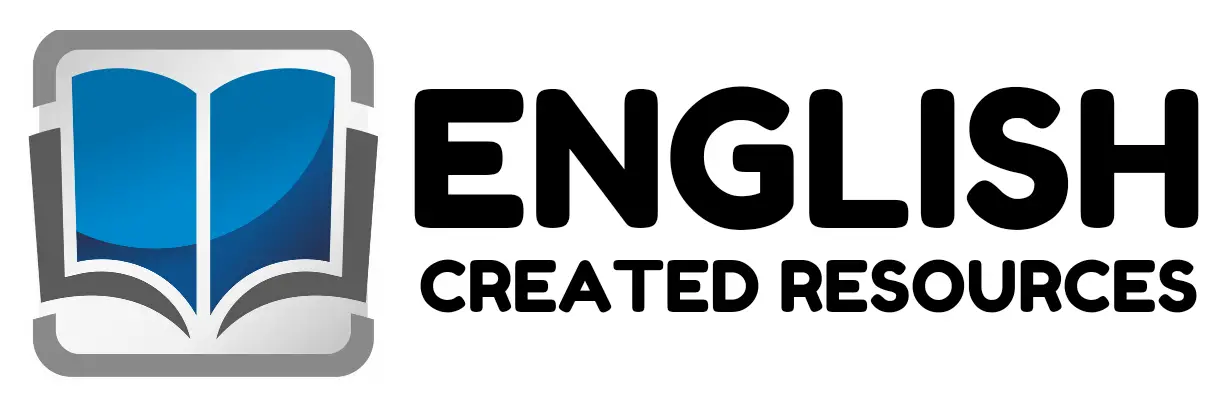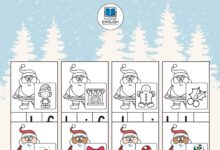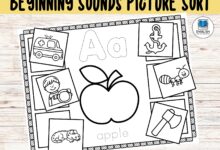Phonics Short Vowels Spell and Search

This bundle contains worksheets related to short vowels. Kids will read the words and find them below. This will help them identify the sounds of the letters and improve their skills.
We often hear educators say, ‘What children can say today forms the basis for what they can read and write in the future’. But this only tells part of the story.
To read English successfully, children must learn to turn the words they see in a text into sounds, and make sense of these sounds. It is important for children to learn letter-sound relationships because English uses letters in the alphabet to represent sounds.
Phonics teaches this information to help children learn how to read. Children learn the sounds that each letter makes, and how a change in the order of letters changes a word’s meaning. For example, if we don’t pay attention to letter order, words such as ‘dog’ and ‘pat’ might be misread as ‘god’ and ‘tap’ respectively.
As mentioned earlier, phonics instruction should be integrated with vocabulary instruction, because the ultimate goal is to help children make sense of what they have ‘sounded out’ from a text. This can be done by first introducing words (e.g., cat, hat, rat, fat) using multi-sensory activities and stories.
The vocabulary provides the context for highlighting the target letter-sound relationships (the words in the above example all contain the rhyme family ‘at’), whereas the stories help children understand how the words are used.
Next, teachers should encourage the children to say the target words aloud. This can be done by embedding the words in chants, nursery rhymes or games.
For four-year-old children, teachers can focus on the rhyme families and onsets within words. For example, teachers can say ‘cat, c-at, cat’ to highlight the onset c and the rhyme ‘at’ for the word ‘cat’, and then encourage children to blend the onset c and rhyme ‘at’ to form the word ‘cat’.
For five-year-old children, teachers can add in visual cues to show how to break a word down into its onset and rhyme (e.g., cat = c + at).
With this foundation of phonological awareness, associating sounds with letters will be much easier for children.
How to download





Yes